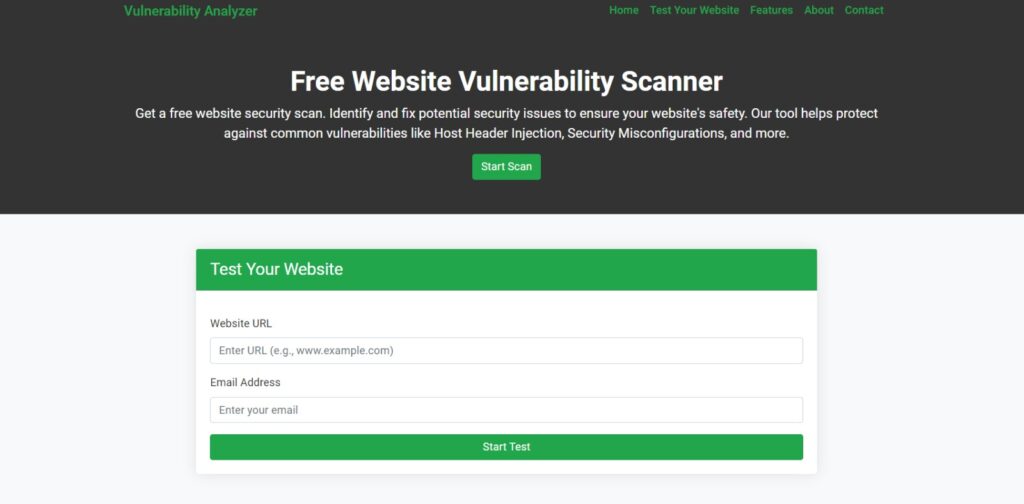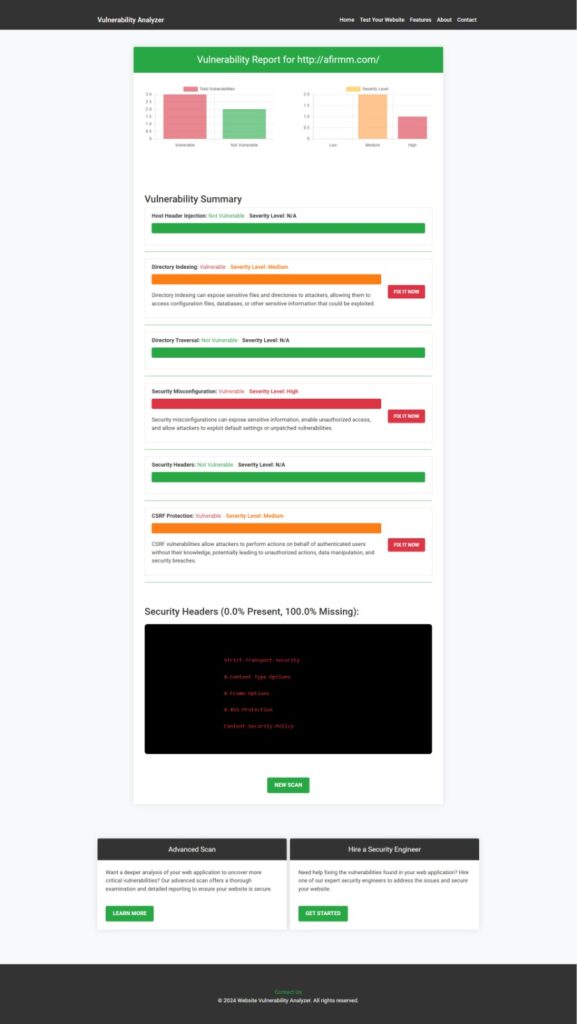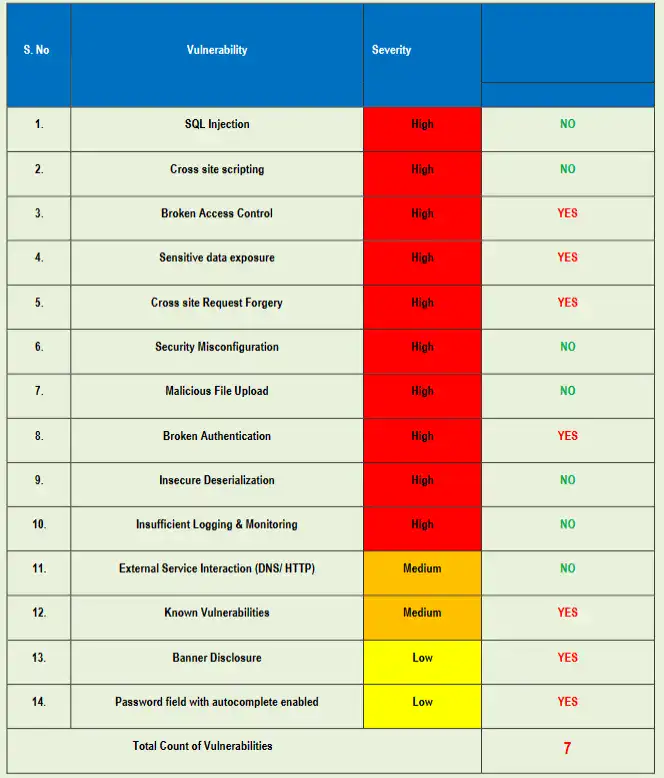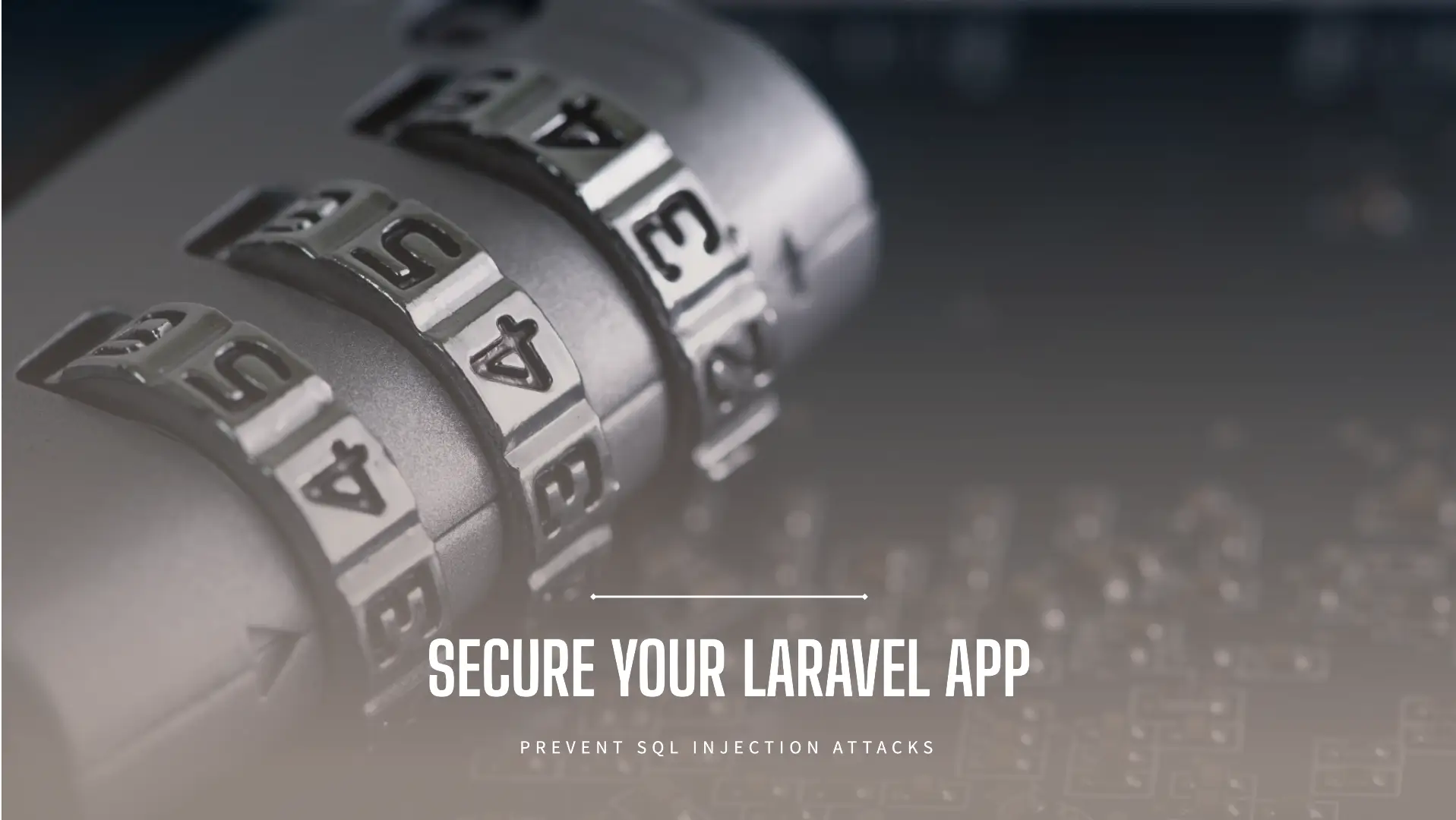Fix Broken Access Control in Laravel Easily
Broken access control is among the most common and severe web application vulnerabilities. It can allow attackers to bypass authorization, access sensitive data, or perform restricted actions, leading to critical breaches. Laravel, while a secure and robust PHP framework, can still be vulnerable if best practices are not followed.
In this blog, we’ll break down the concept of broken access control in Laravel, demonstrate common mistakes, and provide practical examples to fix these vulnerabilities.

What Is Broken Access Control?
Broken access control occurs when applications fail to enforce restrictions on authenticated users or improperly validate authorization rules. Here are some typical scenarios:
- Horizontal privilege escalation: A user accesses data or actions assigned to other users.
- Vertical privilege escalation: A lower-privileged user gains access to admin-level functionality.
- Insecure direct object references (IDOR): Users access restricted objects (e.g., files, data) by tampering with input parameters.
For instance, if a regular user can access /admin/dashboard, this indicates broken access control.
Adding a Screenshot of Our Free Tool
Before diving into coding examples, you can assess your website’s security with our Free Website Security Checker. Below is a screenshot of the tool:

This tool scans your application for vulnerabilities like broken access control, making it a must-use for every developer!
Common Broken Access Control Flaws in Laravel
1. Allowing Unauthorized User Actions
Consider a scenario where any logged-in user can delete posts without verifying if they own the post.
Vulnerable Code:
public function deletePost($id) {
$post = Post::find($id);
$post->delete();
return redirect()->route('posts.index')->with('message', 'Post deleted!');
}
Here, there’s no check to confirm if the logged-in user owns the post. This means a malicious user can delete any post by simply knowing the ID.
Fixing the Flaw
To prevent this, ensure that only the owner of the post can delete it.
Secure Code:
public function deletePost($id) {
$post = Post::findOrFail($id);
if ($post->user_id !== auth()->id()) {
abort(403, 'Unauthorized action.');
}
$post->delete();
return redirect()->route('posts.index')->with('message', 'Post deleted!');
}
This code checks if the authenticated user matches the owner of the post before proceeding. If not, it returns a 403 Forbidden response.
2. Admin Panel Access Without Proper Validation
Imagine an admin route like /admin/dashboard that checks if the user is authenticated but doesn’t verify their role:
Vulnerable Route Definition:
Route::get('/admin/dashboard', [AdminController::class, 'index'])->middleware('auth');
Here, any logged-in user can access the admin panel.
Secure Solution:
To address this, implement role-based middleware:
Route::get('/admin/dashboard', [AdminController::class, 'index'])->middleware(['auth', 'role:admin']);
Additionally, ensure your middleware checks user roles:
public function handle($request, Closure $next, $role) {
if (!auth()->check() || auth()->user()->role !== $role) {
abort(403, 'Unauthorized access.');
}
return $next($request);
}
This approach ensures only users with the admin role can access the admin panel.
More Examples of Broken Access Control in Laravel Apps
3. IDOR Vulnerability in API Endpoints
APIs often suffer from insecure direct object references (IDOR), where users access resources by modifying IDs.
Vulnerable API Endpoint:
public function getInvoice($invoice_id) {
return Invoice::findOrFail($invoice_id);
}
A logged-in user could tamper with the invoice_id and access invoices belonging to others.
Secure Solution:
public function getInvoice($invoice_id) {
$invoice = Invoice::where('id', $invoice_id)->where('user_id', auth()->id())->firstOrFail();
return $invoice;
}
This ensures the invoice belongs to the authenticated user.
Linking Related Blogs
To secure your Laravel applications further, explore these guides:
- Avoid Security Misconfigurations in RESTful API: Protect your APIs from misconfigurations.
- Fix Security Misconfigurations in Laravel: Learn best practices to secure Laravel configurations.
Real-Time Vulnerability Reporting
After implementing these fixes, it’s crucial to verify your application’s security. Use our tool to test website security free. Below is an example of the vulnerability assessment report you can generate:

These detailed reports provide insights into your app’s weaknesses and guide you to strengthen its security.
Conclusion
Broken access control poses significant risks, but it’s preventable. By implementing robust authorization checks, validating user roles, and leveraging tools like our Free Website Security Checker, you can ensure the security of your Laravel applications.
Start protecting your web applications today and explore our related resources like Prevent Remote Code Execution RCE in Laravel for even more security tips!


Pingback: Preventing Broken Access Control in RESTful APIs: 4 Best Practices
Pingback: Prevent Remote Code Execution RCE in Laravel: 4 Best Practices
Pingback: Insecure Direct Object References IDOR in OpenCart: Best 5 Tips